State and local taxes represent a key and often material part of a business’s total tax liability. Many states are reporting budget surpluses, reducing tax rates and offering new credits and incentives, but states are also looking to expand taxation of the digital and internet economy. With the calendar year 2022 tax reporting and filing season upon us, and 2023 estimated tax payments in sight, now is the time for businesses to review and plan for their multistate reporting positions to ensure they are not overpaying tax. Any cash saved can be put to other business uses including, for example, paying down or avoiding additional debt. A state and local tax review can also identify tax exposures, so that potential unpaid liabilities (and potential interest and penalties) can be mitigated.
The following are some of the key areas to explore when reviewing a business’s state and local income tax liabilities:
Is the business properly evaluating where it has nexus?
Businesses should monitor their sales and employees’ activities as well as the situs of their inventory and other property to ensure they are filing in every state where they have “nexus” — and are not filing in states where they do not meet the state’s minimum nexus threshold. Nexus rules vary by state and, in general, even a minimal amount of business activity or temporary presence within a state can create an income tax return filing obligation. In addition to permanent presence of tangible property or employees, the following are some of the activities that can create nexus:
- Sales of goods or services, licensing of software or intellectual property, and financial transactions with customers in a state in the absence of any physical contact;
- Short visits to a state by employees for business purposes, even if only for a day or two over a 12-month period;
- Independent contractors making sales or performing services on behalf of the business (for example, warranty repair services);
- Presence of mobile or moveable property; or
- Temporary storage of inventory at a third-party warehouse.
States also have varying rules regarding what constitutes “economic nexus” — this type of state tax nexus does not require physical presence. A number of states have adopted a bright-line factor-presence nexus threshold for income tax purposes (for example, $50,000 in property or payroll, or $500,000 in sales).
Keep in mind that federal tax treaties with foreign countries generally do not apply at the state and local level.
Is the business entitled to Public Law 86-272 protections?
Even businesses that have income tax nexus with a state should periodically review their activities in light of Public Law (P.L.) 86-272, not only for possible protection against state income taxation — but also for potential exposure where the law may be misapplied. In general, P.L. 86-272 is a federal law that provides immunity from state net income taxes for out-of-state sellers of tangible personal property (TPP), if their only activity in the state is the solicitation of orders for sales of TPP that are approved and shipped from outside the state.
However, to address the increasingly digital nature of business activities, in 2021 the Multistate Tax Commission (MTC) issued its revised interpretation of P.L. 86-272 that, if followed by states, would effectively render the federal law’s protections a nullity for most multistate sellers of TPP with a public website. Under the MTC’s revised interpretation, internet activities that would nullify P.L. 86-272’s protections include:
- Placing cookies on in-state customers’ computers (except for certain purposes entirely ancillary to the solicitation of orders for TPP).
- Providing post-sale assistance to in-state customers via chat or email.
- Remotely fixing or upgrading products previously purchased by in-state customers by transmitting code or other electronic instructions to those products via the internet.
- Selling extended warranty plans via the business’s website to in-state customers.
California has formally adopted the MTC’s revised interpretation, while New Jersey, New York and Oregon are contemplating proposed rules. More states are likely to adopt the MTC’s views or simply assert the new position on audit.
Insight
Be aware of state “throwback” and “throwout” rules. Some states require sales sourced to states where the business is not subject to an income tax (i.e., lacks nexus or is protected by P.L. 86-272) to be included in their sales factor numerator (“thrown back”) or removed from their sales factor denominator (“thrown out”). This generally increases the amount of tax due to these states and reduces the tax savings from “nowhere” sales. However, nexus and P.L. 86-272 are double-edged swords. For example, the MTC’s new interpretation could now preclude such throwback or throwout sales or create other planning opportunities, such as qualifying businesses for various state elective filing options.
Is the business using correct apportionment methodologies?
Businesses that apportion income to multiple states using a uniform method are likely paying too much or too little tax to certain states. A state’s allocation and apportionment rules — which vary from state to state — form the basis for how much of a multistate business’s total taxable income (as computed under state rules) is subject to tax. Most states – but not all of them – apportion based on sales. However, there are many exceptions, and businesses often need to segregate and analyze each revenue stream to determine the correct sourcing and apportionment method.
Some considerations include:
- Does the state require market-based or cost-of-performance sourcing for services and/or sales of intangibles?
- Does the state allow nonbusiness income to be allocated rather than apportioned and, if so, what is the state’s definition of nonbusiness income?
- Is the business correctly considering the flow through of apportionment factors from its partnership interests? Does the state use the aggregate or the entity method? Some states require a unitary or business income analysis.
- Does the state include dividends, interest and other gains in the sales factor or are these items excluded?
- Have state special apportionment elections or required special apportionment formulas been considered (for example, based on the taxpayer’s industry)?
Is the business using the most advantageous filing methods?
Is the business considering all available filing options and related planning opportunities? Businesses may pay more or less tax to a state depending on their taxpayer group and filing method. States may require a unitary business to report on a unitary combined reporting basis, or may provide filing option elections. A state’s mandatory unitary combined filing may allow a “water’s edge” election or a worldwide combined group election. Note that a federal affiliated group filing a consolidated return is not necessarily the same as a state’s unitary group.
Key considerations include:
- How does the state define a unitary business and what ownership and control tests are applied?
- Who are the component members of the unitary group and are foreign affiliates included?
- How does the state calculate unitary business income?
- Are net operating losses of group members being properly considered for state purposes? States have their own NOL rules and don’t necessarily follow federal.
- Does the state have an “instant unity” rule and how does it apply to new group members?
Insight
Don’t overlook state elective filing options. If a business’s affiliated group has both loss entities and profitable entities, making nexus consolidated return elections in states where such elections are allowed may save tax. In addition, states have different rules for how and when to file water’s edge and other reporting method elections; therefore, care should be taken that the election is filed on a timely basis and proper group composition is periodically reviewed.
Does the state conform to the Internal Revenue Code?
Not all states follow federal tax rules. While some states quickly settle on approaches to conform with or decouple from federal tax legislation, other states remain silent, leaving taxpayers to file state income tax returns with little guidance on how the federal laws apply until the return is audited. For example, many states have their own systems of depreciation, and may or may not allow federal bonus depreciation.
Is the business considering the proper state treatment of pass-through entities?
In the case of pass-through entities (PTEs), don’t assume that states always follow federal treatment. Conformity and recognition of the federal treatment of PTEs (S-corporations, partnerships, LLPs, LLCs) varies from state to state. As one example, New York (and until recently, New Jersey) requires a separate state S corporation election.
In addition, 29 states and New York City have enacted workarounds to the federal $10,000 state and local tax deduction limitation for owners of PTEs, by allowing a PTE to make an election to be taxed at the entity level. PTE tax elections present complex state and federal tax issues for partners and shareholders. Before making an election, care needs to be exercised to avoid state tax traps, especially for nonresident owners, that could exceed any federal tax savings.
Is the business taking advantage of available state tax credits and incentives?
The recent Inflation Reduction Act as well as the CHIPS Act introduced new federal credits, some of which are transferable. States are enacting similar credit programs. There are a variety of state-level incentives to help reward companies, e.g., for ESG efforts (utility rate reductions, cash grants) and recession preparedness (job retention programs offering tax or cash incentives). State and local credits and incentives may be available to reduce all types of state and local taxes – i.e., income, sales and use, property, and payroll withholding tax.
Businesses that are considering expansion, consolidation, relocation, capital investment, or creating additional jobs should explore whether and where state credit or incentive programs are available, prior to making the investment.
Written by Scott Smith and Kent DeBruin. Copyright © 2023 BDO USA, LLP. All rights reserved. www.bdo.com





